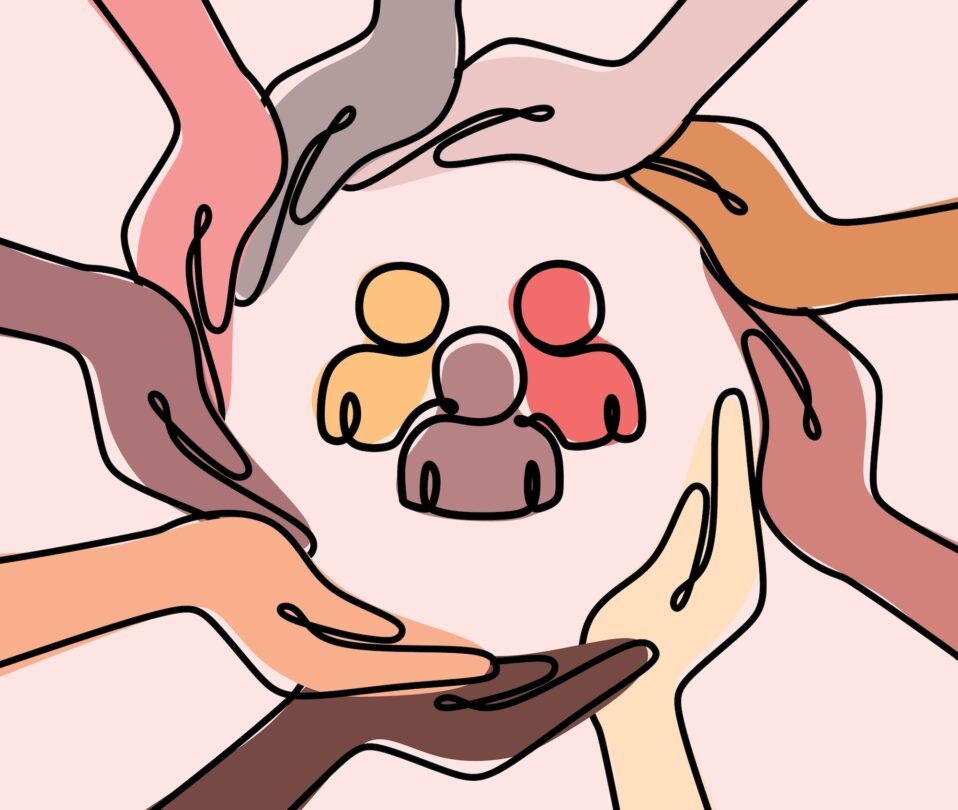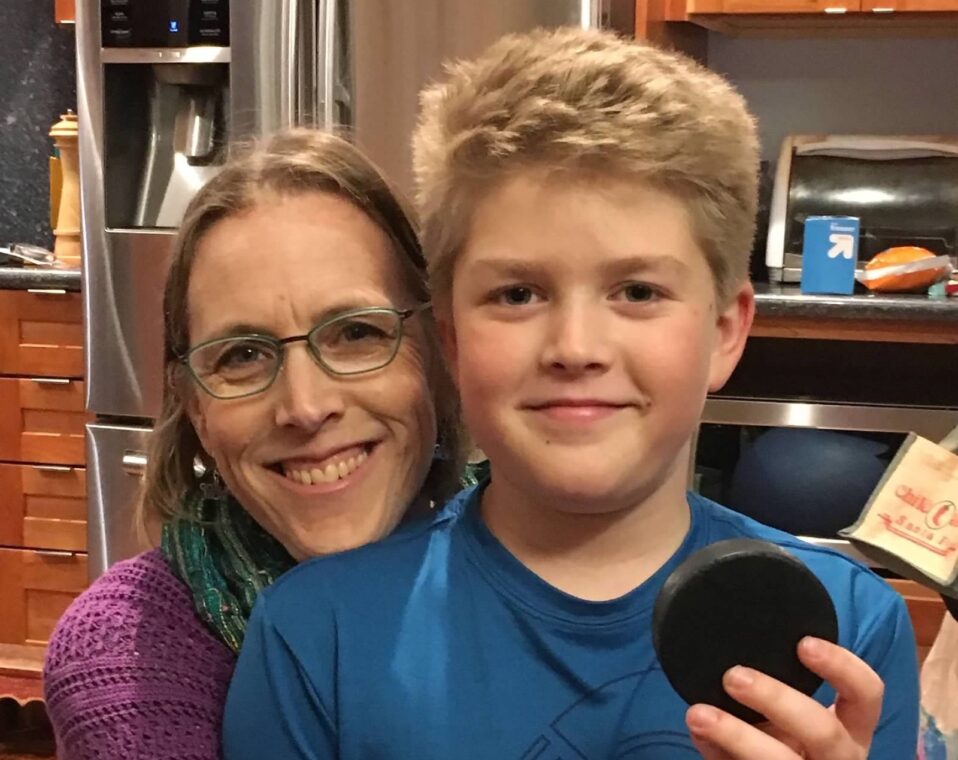by Liora Brosbe, Jewish LearningWorks Senior Educator
More than 50 Jewish educators and professionals from the Bay Area, and across the country participated in our year-long Diversity, Equity, Inclusion and Belonging (DEIB) series, Widening Our Lens with Dr. Sandra Chapman.
The majority of the participants shared that they felt nurtured and inspired by the five workshops, and were likely to try something new after participating in the training. However, for the question “To what extent did this training connect to Jewish values, texts, or ideas?” there was a complete range of answers, from “minimally connected” to “completely connected.”
What could explain the variety of responses to this question?
To dig a bit deeper: why would some people see the same training as very connected to Jewish values, texts, or ideas, when others saw it minimally connected?
After giving this much thought, my understanding is that while we have moments of Jewish content in all of our programs, this series, taught by Dr. Sandra Chapman (Dr. Chap) was based on Dr. Chap’s research and specialty in understanding bias, stereotype threat, the implications of microaggressions, and understanding children’s development of difference.
My guess is that some people inherently see DEIB work as rooted in Jewish values, even when the link is not explicit all the time. I want to offer one way that the study of DEIB is connected to the study of Torah.
When we study Torah, we are invited by our sages to keep returning to Torah to engage, question, and discover as we change and grow ourselves. This is especially true with anti-bias work; it is never truly over, and we can remind ourselves to return to it again and again.
“Ben Bag Bag said: Turn it over, and [again] turn it over, for all is therein. And look into it; And become gray and old therein; And do not move away from it, for you have no better portion than it.” (Pirkei Avot, Chapter 5, verse 22)
בֶּן בַּג בַּג אוֹמֵר, הֲפֹךְ בָּהּ וַהֲפֹךְ בָּהּ, דְּכֹלָּא בָהּ. וּבָהּ תֶּחֱזֵי, וְסִיב וּבְלֵה בָהּ, וּמִנַּהּ לֹא תָזוּעַ,
שֶׁאֵין לְךָ מִדָּה טוֹבָה הֵימֶנָּה
Learning about anti-bias in education is a lot like Torah, you have to keep returning to it as you change, and the world around us presents new challenges and opportunities. The phrase “do not move away from it” is particularly striking. This is uncomfortable work and can bring up all the topics that we discussed in the series such as anxiety, stress, tensions, and discrimination in multiple forms. Throughout the five sessions we returned to the topic and did not move away from it, and committed to learning about how this work informs our Jewish educational spaces.
In the series we learned about implicit bias, identity and racial anxiety, stereotype threat, and microaggressions. The final session was about children’s development of difference and was a longer session about Dr. Chap’s research over the decades that she’s worked with children and in independent schools. The session referenced a great body of literature about child development and racial identity, integrating it all to highlight how children understand themselves and the world around them.
Here are some takeaways from the series were:
- It is essential to have a growth mindset around anti-bias work. How are you curious, growing, and committed to unlearning some views and better understanding others?
- When (not if) you experience or expressed a bias that results in harm, how do you respond?
- Many of the responses we have to racial anxiety or stereotype threat are part of the brain’s natural response to stress. There are ways to manage this with intentional tools and exposure to identities that are different from yours (media, community engagement, consistent opportunities to question common stereotypes).
- Anxiety is a stress response and a normal part of interacting with people of different racial identities and the experience of anxiety is different for White people and for people of color.
- Having intentional scripts for how to speak and engage with people with whom you have differing identities (race, gender, ethnicity, ability) can help reduce the anxiety and prepare you for interactions that might be tense due to racial anxiety or increased risk for bias.
- Representation matters! What kind of images of people of different identities are in your classroom or teaching materials? Is there diversity of race, gender, ability in the books, narratives, and songs that you teach?
- Identities are intersectional. We are not all one thing. How are your identities keeping you connected to some groups of people and possibly maintaining bias or stereotypes?
One participant shared:
Dr. Chap is just phenomenal to listen to. I love her approach and viewpoints. She presents info in a way that is tangible and allows for continued inquiry and thought. She really opens up the opportunities for many ways of thinking and doing this work, instead of saying there is one right way.
There is always more to learn in this work. Turn it, turn it, and stay engaged!






